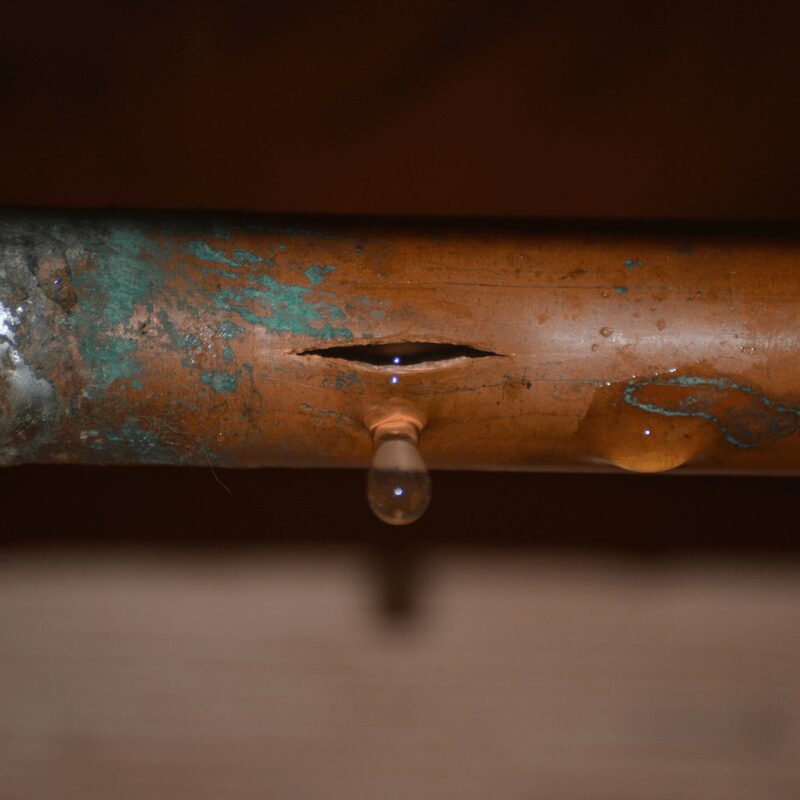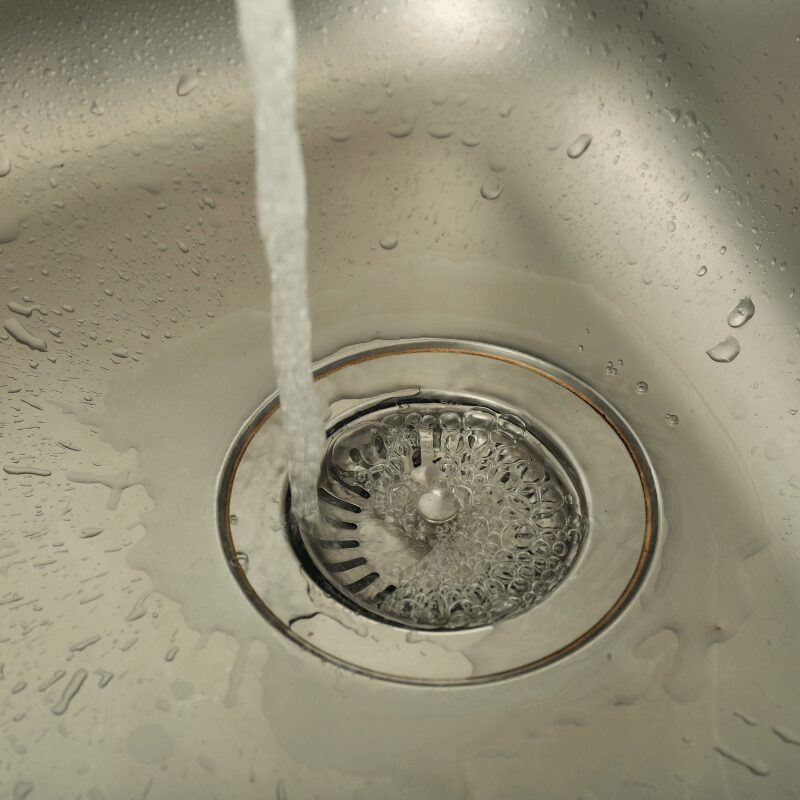Winter in Central Indiana can be a beautiful sight with its snow-draped landscapes, but for maintenance supervisors and building managers of multi-family housing units, it can also spell trouble for plumbing systems. Frozen drain pipes are a common winter woe that can lead to significant headaches if not addressed promptly. At All Pro Heating, Air, & Plumbing, we’re here to guide you through the frosty challenges with a touch of humor and a whole lot of expertise.
Understanding the Freeze: What Causes Frozen Drain Pipes?
It’s a tale as old as time: It’s a chilly January morning, and your tenants are waking up to find their sinks and bathtubs refusing to drain, or even worse– there’s NO WATER at all! The culprit? Frozen pipes. But how do these icy nuisances form in the first place? When temperatures drop, the water inside your pipes can freeze, expanding and causing blockages. This is particularly common in pipes located in unheated areas like basements, crawl spaces, and exterior walls.
Key Factors Contributing to Frozen Pipes:
- Insufficient Insulation: Pipes without proper insulation are more susceptible to freezing.
- Sudden Temperature Drops: Rapid drops in temperature can catch even the most prepared systems off guard.
- Poor Heat Circulation: Areas with inadequate heating may allow pipes to freeze more easily.
So, How Do You Avoid Frozen Drains?
As the old saying goes, an ounce of prevention is worth a pound of cure. Here’s how you can keep those drains from turning into ice sculptures:
Insulate, Insulate, Insulate
Proper insulation is your first line of defense against frozen drain pipes. By wrapping pipes in foam or fiberglass insulation, you create a barrier that helps retain heat and prevent freezing. This is especially crucial for drains located in unheated areas like basements, crawl spaces, and exterior walls, where the cold can easily penetrate.

Seal the Leaks
Drafts and leaks around windows, doors, and attic spaces can allow cold air to reach your pipes, increasing the risk of freezing. Conduct a thorough inspection of your housing units to identify any gaps or cracks, and use weatherstripping or caulk to seal them effectively. By keeping cold air out for your tenants, you ensure that the warm air inside can maintain a consistent temperature around your plumbing.
Maintain a Steady Temperature
For common-area buildings around your complex, set the thermostats to a consistent temperature, even at night. This helps ensure that warmth circulates throughout the units. A sudden drop in temperature can lead to frozen pipes, so it’s important to avoid drastic changes. Consider installing a programmable thermostat to maintain optimal temperatures without wasting energy.
Keep Drains Clear
Ensure that drains are free of debris to prevent water from backing up and freezing in the pipes. Regularly check and clean drain covers and traps in outdoor spaces to maintain optimal water flow. This proactive approach helps keep water moving, reducing the risk of freezing and subsequent blockages.
Thawing Techniques: What to Do When Pipes Freeze
1. Apply Gentle Heat
If a drain is frozen, use a hairdryer or heat lamp to warm the area around the drainpipe gently. Start from the entry point and work your way along the pipe to encourage thawing. Be sure to maintain a safe distance to avoid damaging the pipe or surrounding materials.
2. Pour Warm Water
Carefully pour warm (not boiling) water down the frozen drain to help melt the ice blockage. This method is effective for minor freezes and can be repeated as needed. Ensure the water is warm enough to thaw the ice but not so hot that it risks damaging the pipe.
3. Use a Plumbing Snake
For stubborn blockages, a plumbing snake can help break up ice and restore flow. Insert the snake gently into the drain and rotate it to dislodge ice chunks. This technique is best for drains with accessible entry points and should be done carefully to avoid damaging the pipe.

Prevent Future Freezes With All Pro Heating, Air, & Plumbing!
Once you’ve tackled the immediate issue, consider implementing long-term solutions to prevent future freezes:
- Upgrade Insulation: Invest in high-quality insulation materials for pipes and surrounding areas to provide lasting protection.
- Install Heat Tape: For pipes in particularly vulnerable areas, heat tape can provide consistent warmth and prevent freezing.
- Regular Maintenance Checks: Schedule regular inspections with All Pro to catch potential issues before they become problems.
Wrapping Up the Winter Woes
Frozen drain pipes don’t have to be the bane of your winter existence. With the right preventive measures and quick action, you can keep your plumbing in top shape all season long. At All Pro Heating, Air, & Plumbing, we’re here to help you every step of the way.
Want a free repair estimate? Contact us today, and let us keep your systems running smoothly. When it comes to plumbing, we’ve got your back—no matter how cold it gets outside.

